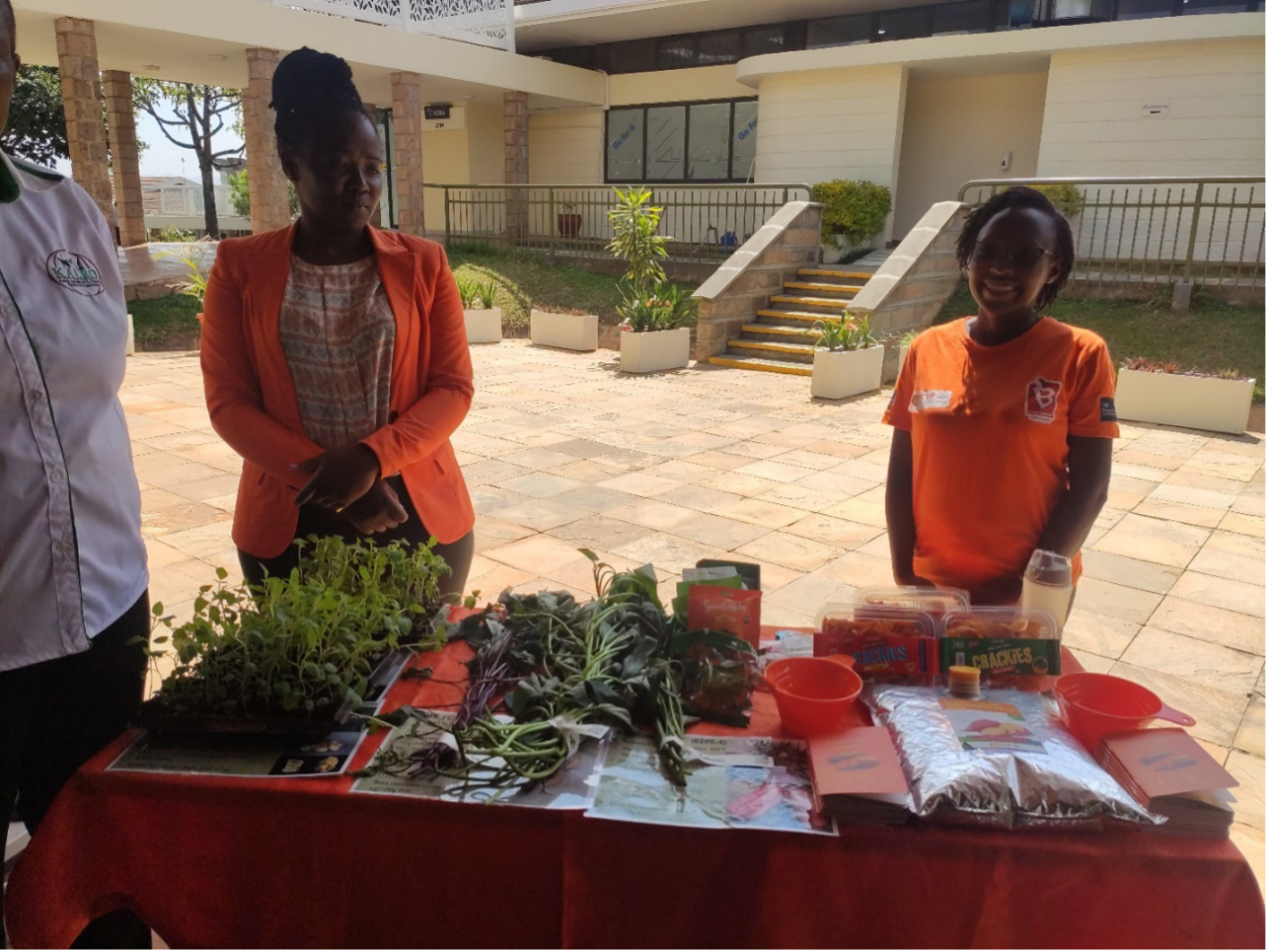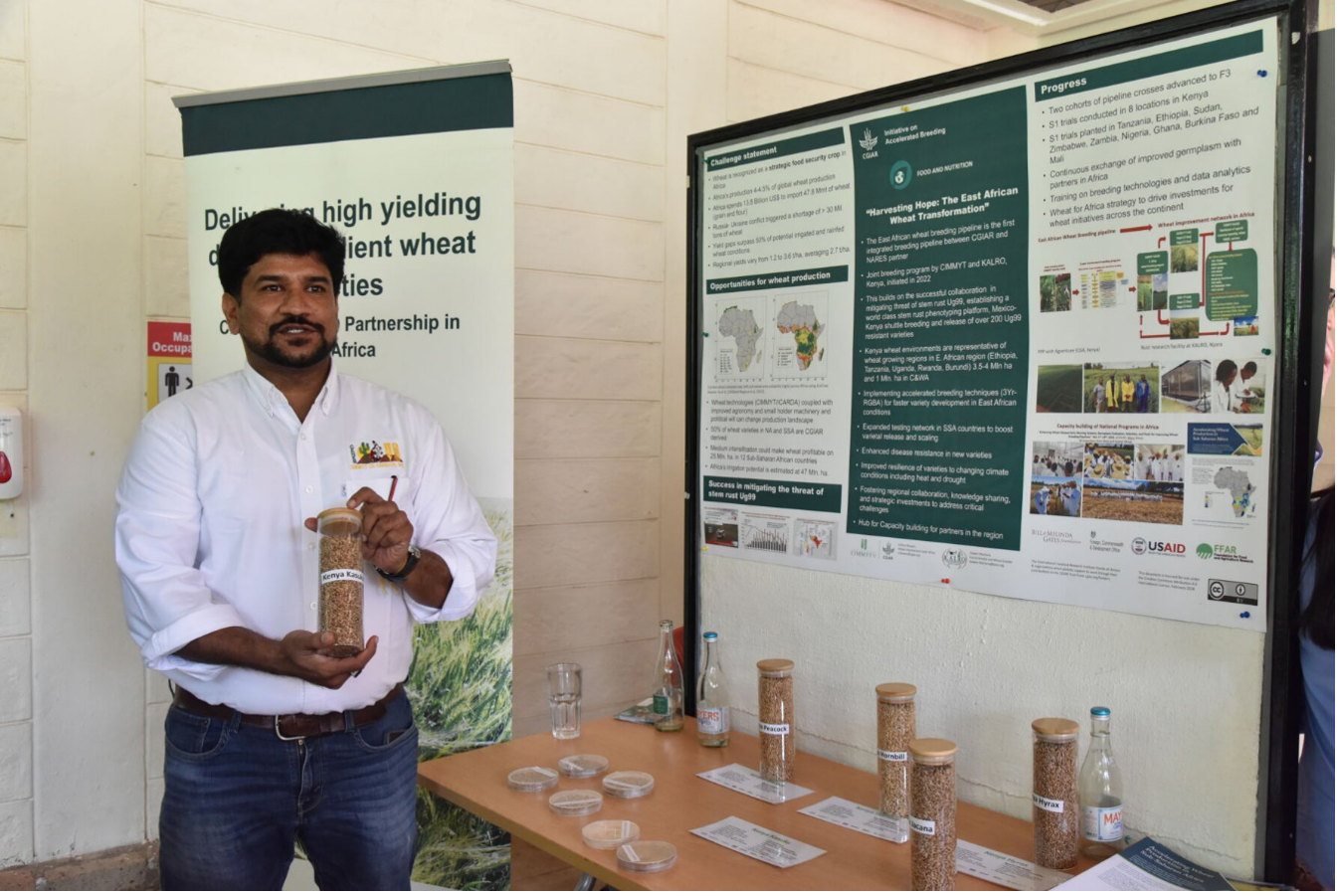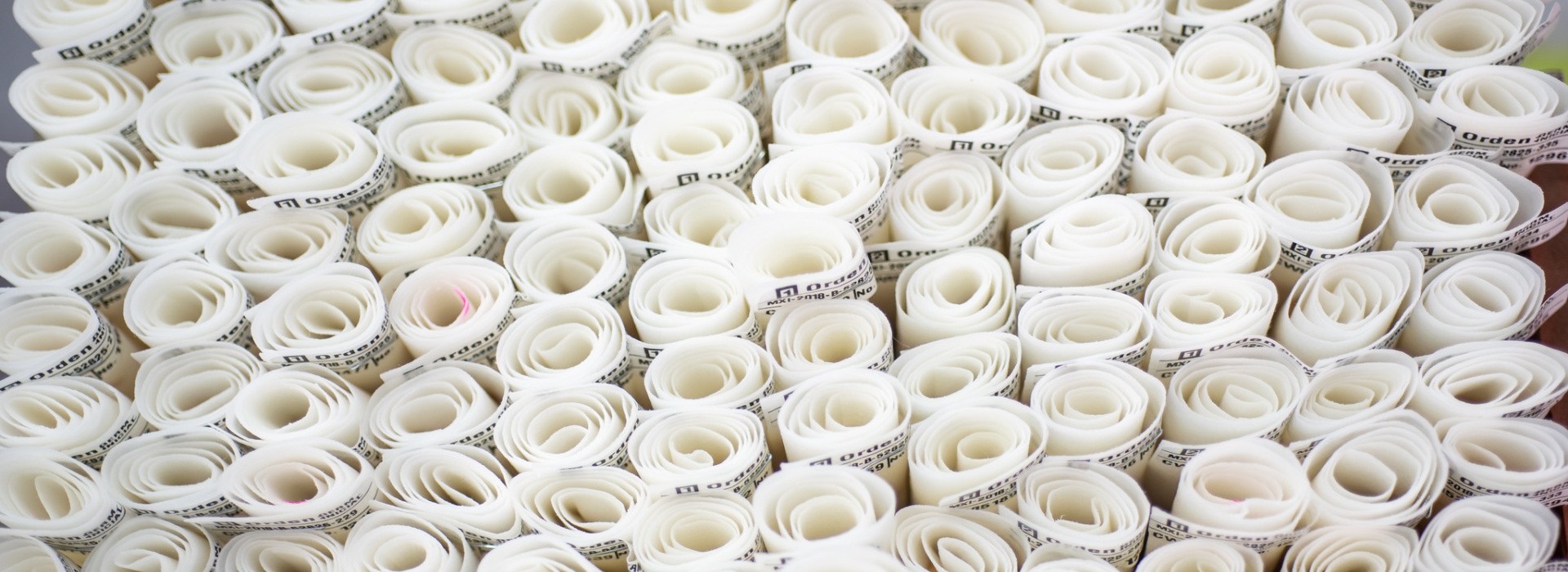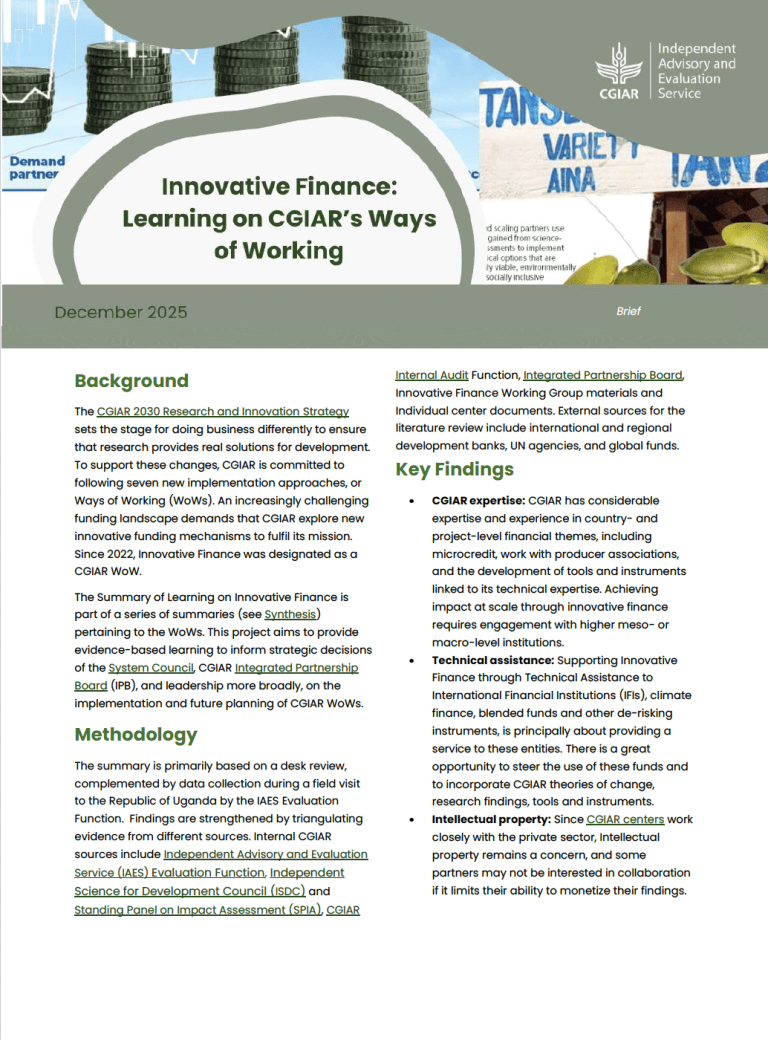Ibtissem Jouini, Senior Evaluation Manager in the Evaluation Function of CGIAR’s Independent Advisory and Evaluation Service, together with Edwin Asare, Research Analyst, recently returned from a trip to Kenya, where they interviewed CGIAR colleagues and stakeholders. This is an edited transcript of a discussion Ibtissem had with science journalist, Alan Dove, to explain the trip’s findings.

Alan Dove (AD): What was the purpose of your trip to Kenya, and what did you hope to accomplish with these interviews?
Ibtissem Jouini (IJ): This visit was part of the three science groups’ evaluations, which formally kicked-off in February 2024. The purpose of the trip was first, to gain an understanding of the 2022-23 CGIAR Research Portfolio implementation through scoping interviews with CGIAR stakeholders. The portfolio consists of 33 Initiatives across three Science Groups (SG). Interviewed stakeholders were either leaders of initiatives, work packages, or involved in the activities on the ground. Nairobi was a fit-for-purpose choice because 16 CGIAR Initiatives worked in Kenya during 2022 and because the International Livestock Research Institute (ILRI) was hosting other events that same week (2024 ISDC semiannual meeting, Genetic innovation SG meeting, etc.), thus presenting a chance to meet with many CGIAR colleagues visiting from around the world. We also benefited from meeting with CGIAR’s Kenyan partners participating in the ILRI-organized Share Fair. The Fair provided a chance to meet many people, especially those working in the field and their national partners, and hear about their achievements, how they operate day to day, and what are the opportunities and challenges around the current portfolio structure and implementation. It was also a chance to discuss their learning needs and topics of interest from the three science group evaluations. That can help CGIAR make informed decisions for the new portfolio to launch in 2025.
AD: This evaluation comes at a critical time, because the CGIAR portfolio is being redesigned, rearranging a large number of initiatives under new program umbrellas, for a more targeted and streamlined setup, right?
IJ: Exactly, yes. One of the reflections about the current portfolio is that the portfolio is fragmented around 33 initiatives, and there are overlaps and duplications of work between work packages under the initiatives. The SG evaluations will address the coherence evaluation criterion specifically, to carefully inquire into this sensation of overlap and duplication. For many of the people interviewed during this scoping trip, reducing the number of initiatives made sense. The majority of stakeholders supported the idea of streamlining these initiatives into mega-programs. They are expecting more clarity on the direction of portfolio changes very soon.
Some of the portfolio discussions referred to evolution versus revolution, in terms of how radical the change would be: the people we met with are most concerned about clarity on the process of the portfolio redesign. They want to know how redesign is happening, who is involved, and what guarantees there are that their work, as well as partnerships that they’ve built with national stakeholders, will remain with continued funding.
They are also concerned about their individual roles in a new mega-program structure. While not against changes, they are anxious about them and need more clarity on the process that these changes entail.
AD: So, the chief concerns are uncertainty about the upcoming changes in the portfolio, and how these changes will affect programs and partnerships that people have built over previous years?
IJ: Yes. Also, when we asked them about the challenges in the current portfolio, they talked about duplications and fragmented efforts. People have many hats and roles, which is overwhelming, and such a combination might cause conflicts of loyalty. For the first two years, many initiatives suffered from budget cuts; initiative leads approached these budget cuts with different strategies, either by canceling one or more entire work packages or canceling specific activities, by proportionally cutting the same percentage of budget across all work packages or utilizing carryover budget. In all cases, budget cuts were not appreciated by anyone; for many, these cuts were not announced enough in advance and diminished trust.
AD: What other challenges came up in the interviews?
IJ: The other challenges stated by many are a lack of incentive mechanisms to work together, and many groups felt they were competing for funding. The set-up of the science groups intended to promote synergies and collaboration between initiatives. However, at the same time, these people believe they don’t have enough incentives to promote or foster those synergies, especially when they’re very busy with day-to-day work. They also highlighted that because the work of CGIAR is happening at the country level, they have to be mindful of individual country needs, and partnerships that are already in place during the portfolio revision.
They would also like support from CGIAR to help improve the retention rate of scientists. Scientists are leaving because of the many changes, and little clarity on what will happen next. Someone said, “we don’t care about revolution or evolution, we need consistency.”
AD: Did stakeholders highlight particular aspects of the portfolio that have been working well?
IJ: Yes, they said CGIAR has done a lot to be a trusted partner. CGIAR is trusted because of it’s scientific research, it’s not touching on sensitive political matters. CGIAR works together with national institutes and conducts collaborative projects and initiatives, and the SG and initiative’s structure gave more flexibility to scientists. So that’s good.




